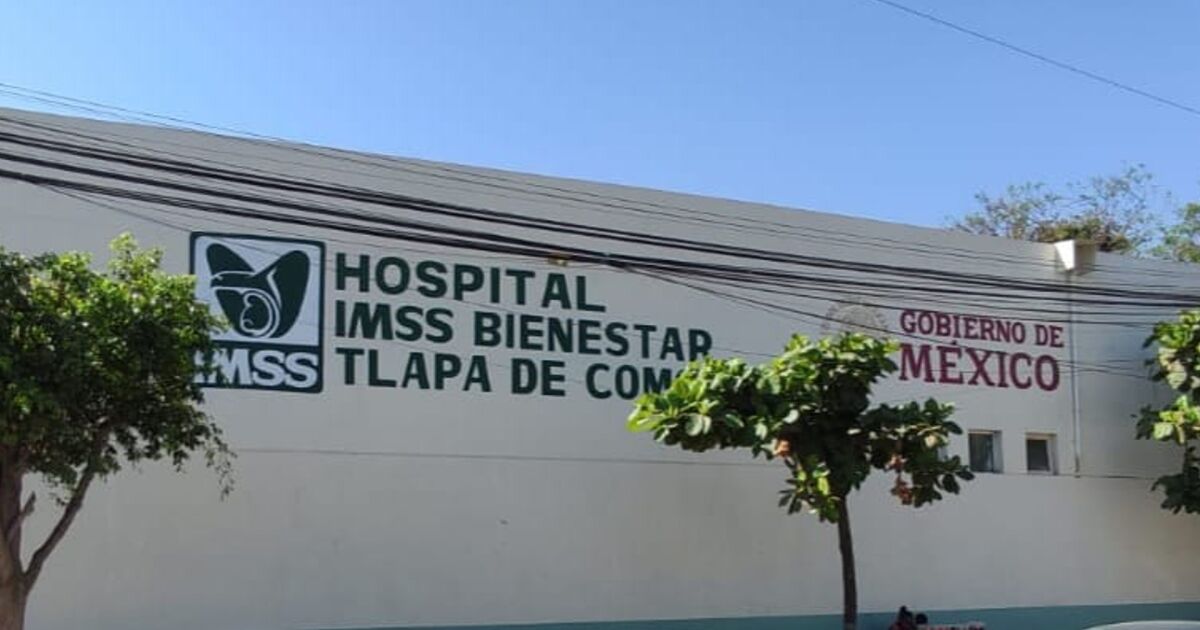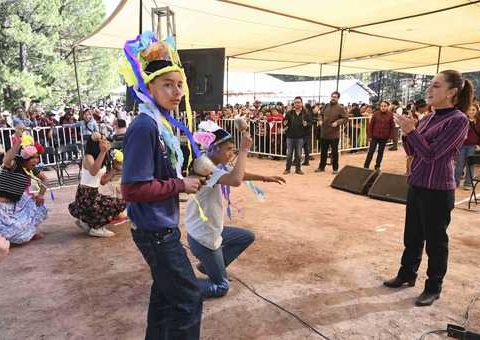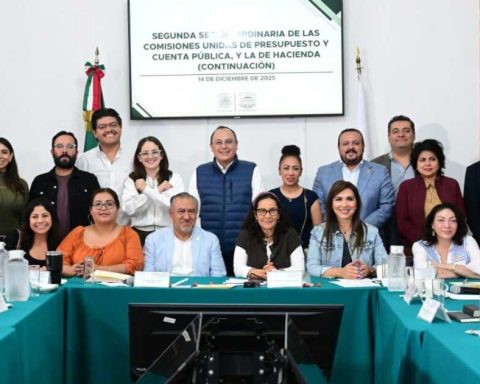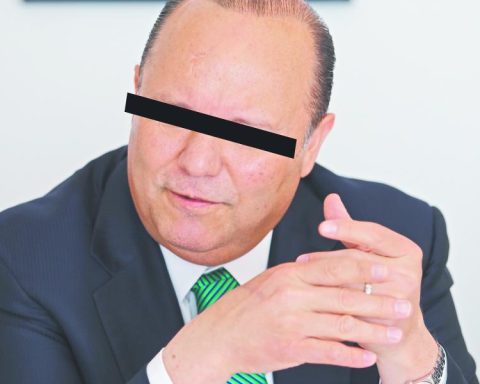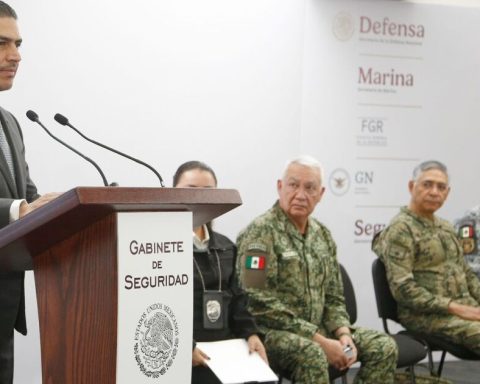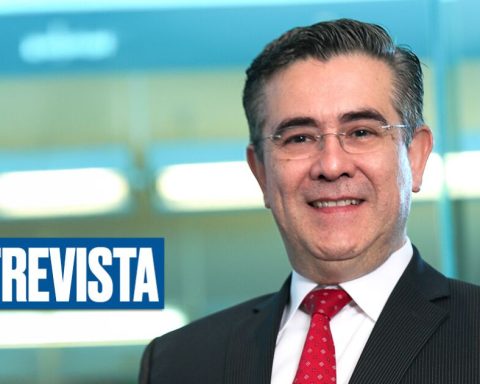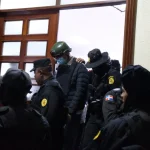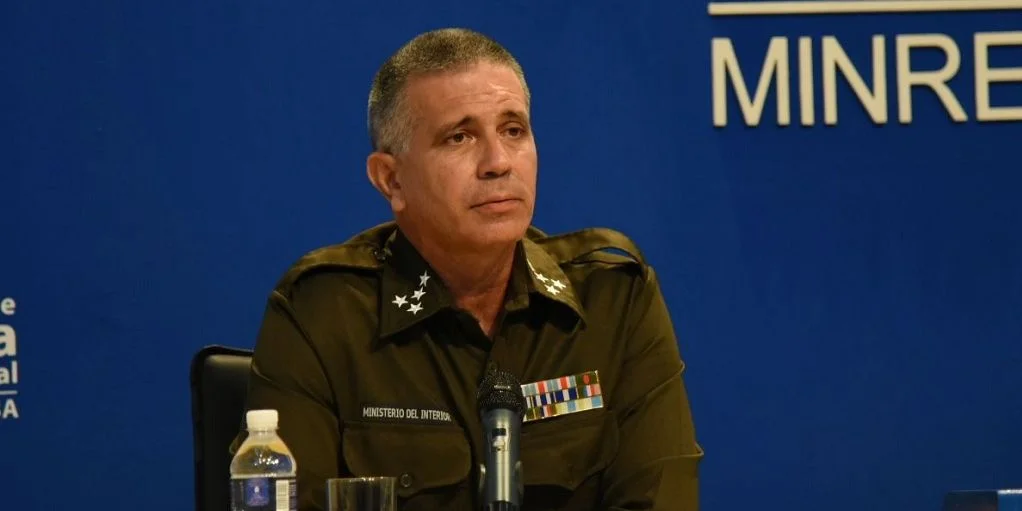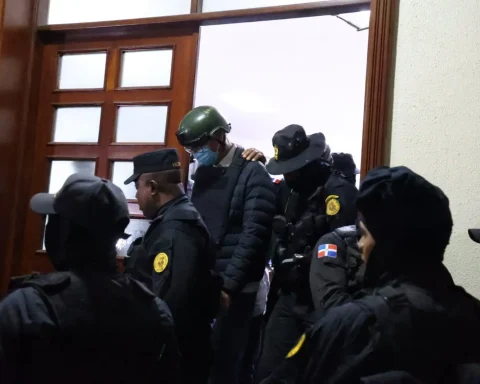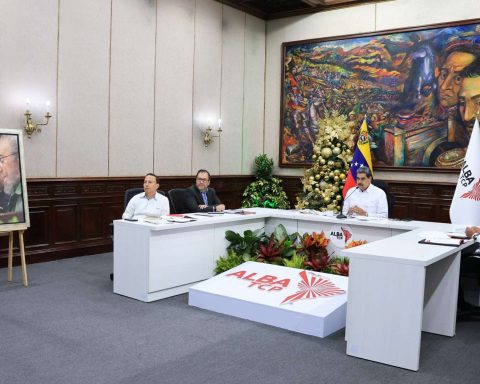These hospitals were included in that census of 394 abandoned health establishments, that is, clinics, health centers and medical units. Of that figure, the defunct Health Institute for Wellbeing (Insabi) additionally recovered, until October 2021, 153 health units and 110 health centers. While 20 hospitals left the census because their infrastructure was so damaged that it could not be rehabilitated.
In total, 11,761 million pesos were invested in the Hospital and Health Center Rehabilitation Program between 2019 and 2024. Of these, 4,267 million were allocated to 117 hospitals that were rehabilitated, especially in pharmacy and operating room areas, plus 7,493 million for 2,942 health centers. The rehabilitation, explained Zoé Robledo, included reopening of offices, operating rooms, pharmacies, improvement of air conditioning and electrical installations.
To have more State units, López Obrador began the purchase of hospitals built in other six-year periods under the Public Private Partnership (PPP) scheme. The federal government seeks to acquire between nine and 10 of those hospitals, for which every year he paid millionaire figures to the companies that built them, with contracts of more than 20 years, which the president considered leonine, and which operated half-heartedly.
Currently, agreements have been finalized to purchase two APP hospitals from ISSSTE, but the negotiation of the rest will remain in the hands of the Sheinbaum government.
According to Dr. Gilberto Castañeda, the strategy of recovering hospitals is a good option to avoid wasting resources.
This is a good decision. In other words, money has already been invested, studies have already been done on why those hospitals are in those places,”
Gilberto Castañeda, researcher at the Department of Pharmacology at Cinvestav.
However, he mentions, the challenge of equipping all units and having health personnel according to demand also remains pending.
